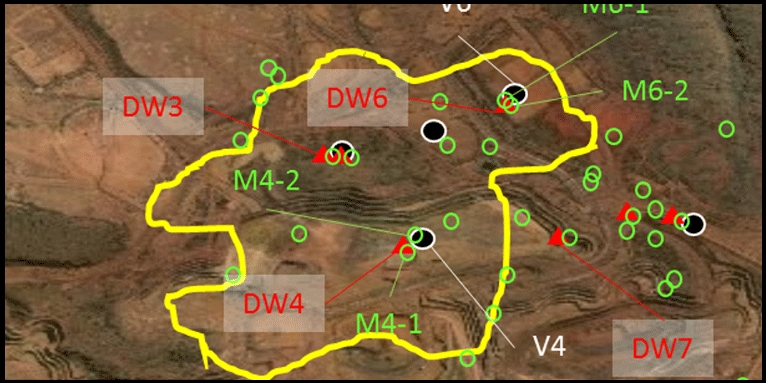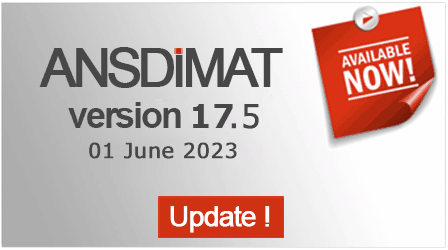AnsPit ccan be applied for calculations of groundwater inflow to open pits and optimisation of dewatering borefields. Predictions to underground mine workings (i.e. stopes and galleries) are implemented in the AnsQuick module (Hydrogeologist Workbench).
Dewatering predictions for open pits and underground mines are commonly done with groundwater flow numerical models. Analytical modelling, however, provides a number of useful tools that can be applied to plan for dewatering, in case when some simplifications (e.g. homogeneous aquifer) can be assumed.
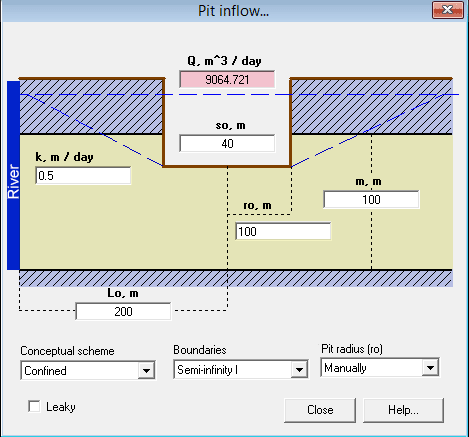
Pit inflow
Calculations for open pits inflow are based on standard analytical solutions for the following hydrogeological conditions:
– Confined aquifer;
– Unconfined aquifer;
– Confined-unconfined aquifer;
– Leaky aquifer.
Most conceptual models can account for I-st or II-nd types of boundary impacts. The aquifer can be modelled as infinite, bounded, stripped or circle-bounded.
Mine dewatering systems design
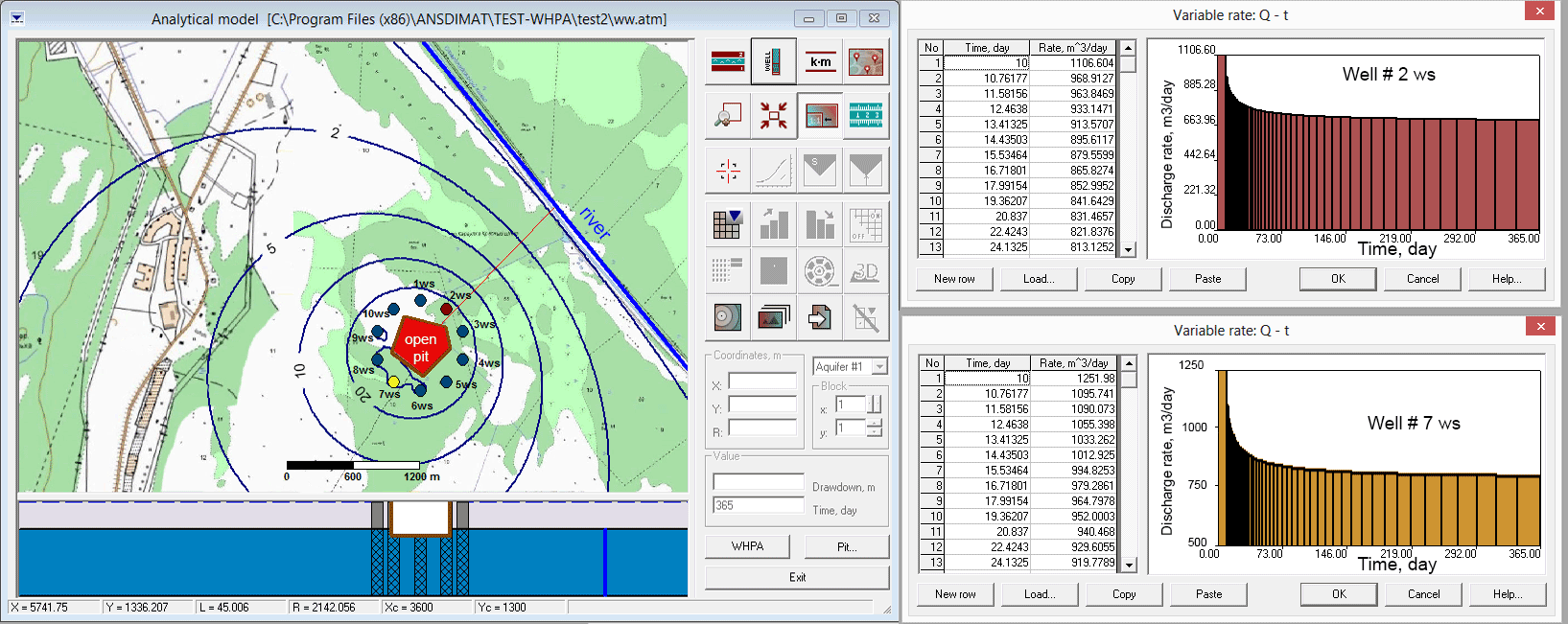
When an open pit is dewatered using vertical wells, ANSPIT can assist in design of a well field. The module calculates the abstraction rates that are required to achieve dewatering targets (i.e. required water level drawdowns on pit walls or other locations). Abstraction rates are calculated for specific layouts that are pre-selected or user-defined. Drawdown targets are assigned at the pit center or at other selected locations. The module is based on Windows operating system.
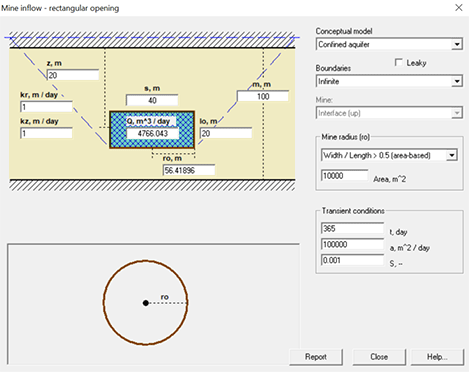
Underground mine inflow (stopes)
Inflow predictions for stopes are based on the “big well” approach for confined, unconfined and two-layer aquifers. Analytical solutions are developed for infinite aquifer or aquifers with various combinations of Constant Head and No-Flow boundaries. Analytical modelling is conducted for transient hydrodynamic conditions.

Underground mine inflows (declines and galleries)
Groundwater inflows to declines and underground galleries can be modelled as lines of vertical wells with their screen lengths equal to the height of a tunnel and with their diameters equal to the tunnel width. This approach allows using analytical solutions for many conceptual models with a variety of boundary conditions. The same approach is used in ANSDIMAT to model horizontal drain holes.
Case Studies
Depressurization study at Porgera gold mine, Papua New Guinea
Client: The Porgera Joint Venture
Objective: Planning depressurisation tests on pit benches
Method: Hydrogeologist Workbench of ANSDIMAT was used to predict pore pressure reduction caused by Horizontal Drain Holes
Calculation of pit inflows for different stages of Life of Mine
Client: KAZ Minerals (Copper deposit in Kazakhstan)
Objective: Calculate inflows into an open pit at different stages of mine schedule
Method: "Pit inflow" dialog box in ANSDIMAT Hydrogeologist Workbench
Optimisation of dewatering schedule for iron ore mining, Western Australia
Client: Iron ore mining company, Australia
Objective: Optimise operation of an existing dewatering borefield for the pit development schedule
Method: An AMWELLS model was developed and calibrated to water level measurements. The model was then used for management and optimisation of dewatering operations.


